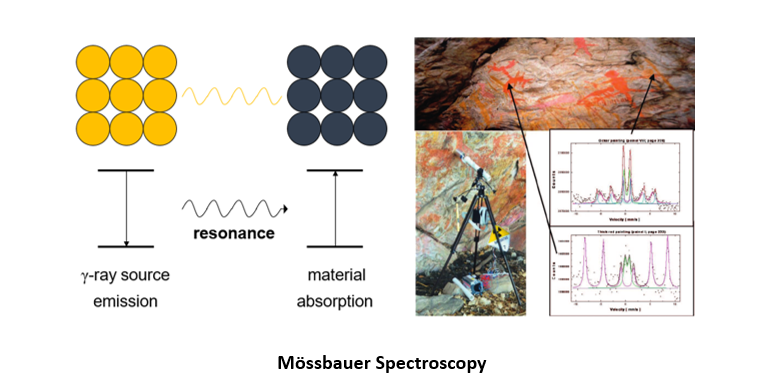|
■ Students involved Sukwon Youn (grasshoppe5@snu.ac.kr) Mingi Eom (billowy552@snu.ac.kr) Junyoung Lee (xdrcftv@snu.ac.kr) ■ Space Radiation In order for a human to implement space missions, it is essential to understand the radiation environment in space and evaluate its biological effects. The space radiation environment can be classified into three components: galactic cosmic rays (GCRs), solar energetic particles (SEPs), and trapped particles in the radiation belt. GCRs contain protons and heavy ions. Although they have low flux, they can contribute a lot of damage to spacecraft and humans due to their high energy and stopping power. SEPs consist of energetic plasma ions such as protons and some heavy ions, which can damage micro-electronics and solar cells of satellite systems. Trapped particles consist of energetic protons above a few MeV and electrons above a few hundred keV, which can be a potential danger to spacecraft. We are modeling the space radiation environment and evaluating the biological effects of this environment using Monte Carlo transport calculation using a Monte Carlo simulation tool such as MCNP. The radiation environments on the low-Earth orbit (LEO) and the lunar surface are simulated through various space radiation environment models. Also, we try to predict the biological effects of various particles of the space radiation environment through the design and simulation of various radiation dosimeters, such as a particle dosimeter and a neutron spectrometer.
■ Mössbauer Spectroscopy Mössbauer effect is a
recoilless energy emission which can retain the original γ-ray energy of
radioisotopes with changing only ~ a few neV. Mössbauer spectroscopy using this
effect makes it possible to measure hyperfine interactions in specific
materials. Fe-57 is the most widely used component for analyzing iron-bearing
samples. Mössbauer spectrometer consists of a γ-ray detector, a velocity drive,
and control modules for data processing. Mössbauer spectroscopy has analyzed
for various iron-bearing samples like iron catalyst, relics, cultural heritages
and soil. The space rover SPIRIT of NASA measured the soil of Mars and proved
the water existence in 2004. Nowadays, in-beam Mössbauer spectrometers using
the radiation beam facilities are under development for extending target
materials, such as Mn, Au, Pt, etc. In our lab, a portable
and backscattering Mössbauer spectrometer is being developed for the analysis
of Korean iron-bearing relics and lunar soil. The γ-ray detector with a high
count rate and the precise velocity drive with a good velocity linearity are
the most important components. 
■ TEPC Dosimetry When a mixture of radiation types is present,
spectrometry and dosimetry are never simple. Microdosimetry, measuring
ionization energy accumulated in micrometer-sized volumes similar to biological
cells, is a useful tool for measuring multiple radiation quality in a mixed
radiation environment with neutrons and gamma rays because each component can
be separated from one another. From the lineal energy distribution, quantities
such as absorbed dose, mean quality factor, and relative biological effectiveness
(RBE) of the radiation field can be derived. A standard tool for experimental
measurements is a tissue-equivalent proportional counter; counters are
typically filled with low-density tissue equivalent gases to simulate
micrometer-scale volumes comparable to those of living cells.
|

